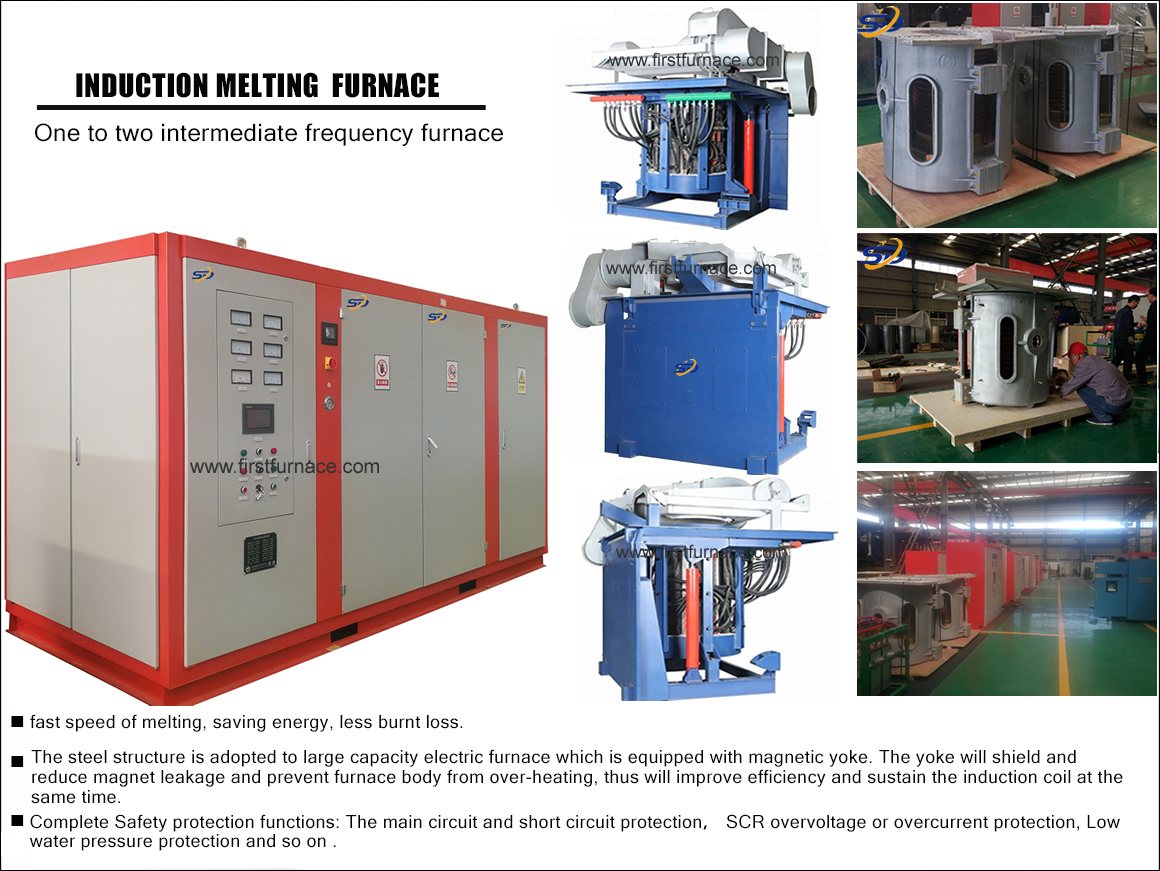Sales hot line ( 24 hours service): 18037961302
E-Mail: firstfurnace@gmail.com
whatsapp:+8618037961302
Adress: Luoxin Industrial Park, Luoyang, HenanLarge diameter steel pipe quen
Piston rod quenching and tempe
Grinding rod quenching and tem
High frequency induction heate
Quenching equipment for machin
Round steel end heating furnac
Steel pipe heat treatment prod
Square steel quenching and tem
Sucker rod quenching and tempe
Thickened petroleum steel pipe
Round steel quenching and temp
Steel pipe quenching and tempe
Steel plate quenching and temp
Induction Hardening Machine&nb
Flywheel ring gear high freque
Special problem solving method for large ductile iron castings of induction melting furnace
There are many types of large ductile iron parts, such as: large diesel engine block, large wheel hub, large ball mill end cover, blast furnace stave, large rolling mill frame, large injection molding machine template, large steam turbine bearing seat, wheel in wind power equipment and The base and the waste residue tank in the nuclear power equipment. In addition to the mechanical properties specified in the standard, these components also have special performance requirements, such as low temperature impact toughness for wind power castings, and many additional special acceptance criteria for nuclear slag tanks. Therefore, the production of these castings must be carefully considered beforehand.
The first thing to consider is how to obtain a sound, dense, and qualified casting.
The technical process for producing large ductile iron castings is basically the same as that of gray iron castings. As long as the characteristics of ductile iron are combined, the scale selection and sand box design can be slightly modified.
Secondly, we must do the corresponding work for the common features of large ductile iron castings.
The common feature of large ductile iron castings is that they are particularly heavy. Most require a ferrite matrix. The mechanical properties must meet the standard data, sometimes with low temperature impact performance requirements.
Unique problems in the production of large ductile iron castings
Due to the slow cooling rate of large ductile iron parts, the eutectic solidification period is as long as several hours, and during this period, the main structure of ductile iron is formed, so a series of problems unique to large-section ductile iron or large ductile iron parts have emerged. : Small amount of spheroidal ink, large spheroid diameter, spheroidal distortion, graphite floating, chemical composition segregation, intercrystalline carbide, and Chunky Graphite. These problems have long been concerned. Although the formation mechanism is not uniform, there are preliminary solutions to specific problems.
Another important question is how to meet and solve the requirements of low temperature impact toughness? The coincidence of the problem lies in the fact that the directions and measures for solving these two major problems are roughly the same.
Ways to solve the unique problems of large ductile iron parts
Enhanced cooling to accelerate solidification
There are two general reasons for the formation of brittle graphite: one is caused by the spheroidal graphite fracture; the other is the decrease in the stability of the austenitic shell due to heat flow or segregation of certain alloying elements, especially Ce and La. The growth mode of the spheroidal ink is changed to form. Regardless of the theory or statement, it is certain that the eutectic phase solidification time is too long (ie, slow cooling) is a direct and objective factor in the formation of fragmented graphite. Therefore, no matter what method is adopted, as long as the time of the solidification stage can be shortened, the appearance of the crushed graphite can be effectively prevented.
It has also been pointed out in the literature that the spherical aberration has a critical cooling rate (0.8 <C/min) [1]. Graphite distortion is sometimes a mutation process, so accelerated cooling, shortening the solidification time, especially shortening the solidification time in the eutectic phase, and trying to shorten the eutectic solidification phase to within 2 h have a significant effect. There are many measures around this principle: forced cooling; metal hanging sand; using cold iron and so on.
Cold iron has a high thermal conductivity, especially a strong heat storage capacity, and is a powerful measure that is widely considered to be applicable. The thermal conductivity of graphite is higher than that of hanging cold iron (45W/m•<C and 17 W/m•<C, respectively), but its heat storage capacity is smaller than that of cold iron. If there is forced cooling, graphite is used. suitable. For large or extra large ductile iron castings, forced cooling is still a powerful measure. Generally, air-cooled, mist-cooled or water-cooled devices can be used, and even liquid nitrogen cooling can be used to accelerate the solidification speed of the casting. The data show that the heat transfer effect of the 20 t grade ductile iron waste container castings is: metal type heat absorption accounted for 58%, graphite and sand type (core part) heat absorption accounted for 3.5%, sand type and other devices partially sucked The heat accounted for 3.5% and the water-cooled heat conduction accounted for 3.5%. It can be seen that the metal type can conduct more than 50% of the heat of the casting, and the core portion has little heat transfer, and it is obvious that forced cooling is necessary.
Improved process technology
Carefully choose raw materials
In order to produce high-quality large ductile iron castings, it is worthwhile to select the charging materials. The interference elements of raw materials should be as low as possible, especially the selection of pig iron sources, scrap varieties and recarburizers.
Chemical composition design
CE should not be too high (4.2% to 4.3%), such as w (C) select 3.6% ~ 3.7%, w (Si) must be as low as 1.8% ~ 2.0%; in addition, w (Mn) <0.3%, w ( P) and w(S) are also strictly limited. Except for special circumstances, alloys are generally not used, so scrap must be strictly selected.
The low w(Si) is necessary. Otherwise, the brittle graphite is prone to occur, and the low temperature performance will not meet the requirements. The problem is that the w(Si) is low, and the w(Si) is low. And the resulting ills. The composition of Japan's 100-ton spent fuel container is: w(C) 3.6%, w(Si) 2.01%, w(Mn) 0.27%, w(P) 0.025%, w(S) 0.004%, w(Ni) 0.78 %, w(Mg) 0.065%.
Choose double smelting
Double smelting can fully exert the characteristics of strong nucleation ability of cupola iron and high thermal efficiency of electric furnace. The molten iron must be discharged at a high temperature. When there are conditions, the S can be taken off, and the time in the electric furnace should not be too long. The spheroidization temperature is determined according to the situation and cannot be too high or too low.
The author advocates that the spheroidization of large parts should not use the rush method because the time is too long. At least with the cover method, it is best to use the special method or the feeding method to feed the silk in a fixed place, and even to feed the raw silk. The spheroidizing agent should never be mixed with a commonly used, preferably heavy rare earth spheroidizing agent and a light rare earth spheroidizing agent. If the flushing method is used, w(Mg) 6% and w(RE) 1.0% to 1.5% in the spheroidizing agent; if the pig iron is relatively pure, w(RE) 0.5% to 1.0% may also be used. If the feeding method is used, a spheroidizing agent with a high w (Mg) amount may be used, but the w(RE) is low, and a little Ca may be contained.
The pouring temperature should be suitable (1300゛1350 <C), not too high, otherwise the liquid shrinkage is too large; it is advisable to use medium-speed casting of dispersed sprue, and use high-stiffness casting as much as possible to make full use of graphitized expansion for self-feeding of ductile iron. To reduce the burden of the riser and ensure the internal compactness of the casting
pay attention to the problem of birth
Inoculation is one of the most important technical measures. Only by solving this problem, it is possible to ensure low-w (Si) quantity without problems, and to ensure low-temperature performance. The problem of gestation is nothing more than the choice of inoculant and inoculation treatment methods. It is possible to select an inoculant that has a long incubation time, such as a Ba-containing agent (the Sr-containing agent is more effective for gray cast iron, and Ca is lower), a graphite-containing inoculant, or a suitable mixture of RESIFe in the inoculant.
At present, many companies have homemade inoculants, which I suspect are following this principle. In short, the birth "to lag, to be instantaneous", not only good results, but also the dose can be greatly reduced. The old method, such as coverage during processing, has a poor effect, but w(Si) is reduced. The problem now is that if w(Si) is low, it has to be effective, and the way out is only to change the method. It turns out that the amount of w(Si) is 2.0%, and the sign of success is that the graphite is smaller and more. If you are small, you will have a small spheroidization rate. If you are small, you will not see cementite. If you are small, the degree of segregation will be light. If the large pieces can achieve a graphite ball of 200 pieces/mm2 or more and a size of 5 to 6, the spheroidization rate and the amount of ferrite are naturally not problematic. In a word, to fight with graphite, in order to strive for small and more graphite efforts, the main means is through gestation. w(Si) is low, and there is no free cementite. Plasticity and normal temperature and low temperature impact toughness are easy to pass. For large castings, it is a breeze to carry out large inoculations in the pouring cups and to put a piece of inoculation in the sprue. The problem is that there must be a correct idea.
Utilization of alloys and trace elements
In the extra large ductile iron castings, the alloying element that can be considered for use is only Ni, because of its unique role. From a technical point of view, w(Ni) <1% is beneficial, but it is not necessary to decide on the basis of specific circumstances and economics.
The trace elements have mature experience in large parts, Bi and Sb, and it is considered that adding w(Bi) 0.008% to 0.010%, making w(RE)/w(Bi)=1.4 to 1.5 ratio, increasing the number of balls, It is advantageous to reduce the risk of the formation of fragmented graphite. Sb can also be used in thick parts. Some people think that it will increase the amount of pearlite, but some people use it in ferritic ductile iron. It may be that the amount of the problem is at odds. It should be no problem to use 50 ppm. Professor Zhou Jiyang once pointed out that the use of w(Sb) 0.005% to 0.007% can also inhibit the harmful effects of excessive Ti and RE in the molten iron [2].
Although the industry's views on the role and mechanism of adding Bi and Sb are not uniform, there is a consensus on the addition of Ni.
Pretreatment is critical
The pretreatment of the ductile iron liquid with a graphite pretreatment agent before spheroidization has a positive effect of improving and stabilizing the casting quality
Methods as below:
After adjusting the composition [pretreatment will increase w (C) by 0.2%] ★ take off S ★ back to the electric furnace ★ 1/4 amount when adding 0.2% ~ 0.25% of pretreatment agent ★ all back to the electric furnace and then slightly warm up to 1 470 ~1 480 <C★Spheroidization★Inoculation treatment (Ultraseed)★Pouring.
Use of anti-cratering agent QKS
The inventor believes that there is a 1 μm foreign inclusion in the center of the spheroid, forming a double-layer core; the inner layer is MgS, CaS (0.5 μm), and the outer layer is MgO, SiO and silicate. Therefore, the inventors added a certain amount of O and S to the inoculant to combine with the metal elements in the inoculant to produce more sulfides and oxides, thereby forming more graphite cores, which resulted in A ferrosilicon inoculant of Ca, Ce, and S, O. This inoculant can significantly increase the number of graphite spheres, and precipitates in the late stage of crystallization, and the later graphitization expansion can effectively offset the shrinkage in the late solidification stage. In particular, it is more effective for the reduction of local hot joints [4]. The experiment indicates that for the 5 to 40 mm step test block, the graphite ball is reduced from 300/mm2 to 150/mm2 with SrSiFe; while the Ca-Ce-O-S agent is used, the number of graphite balls is not affected by the wall thickness. This is the case compared to BaSiFe and 75SiFe. The shrinkage defects on the hot section of the cross-test block indicate that with the Ba-containing, Sr-containing inoculant, there are shrinkage cavities at the section of the hot section, but not by the Ca-Ce-O-S agent.
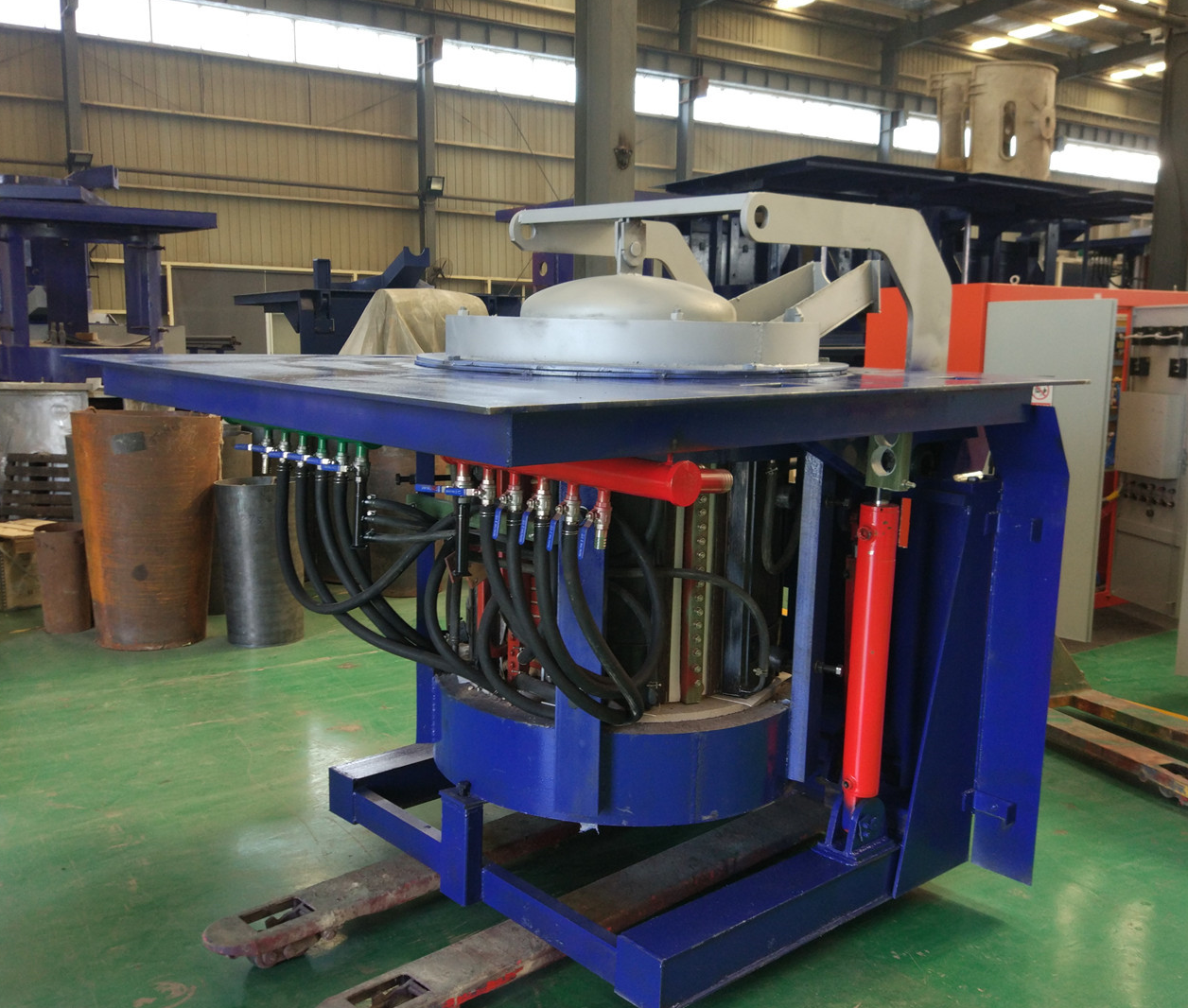
Iron induction furnace
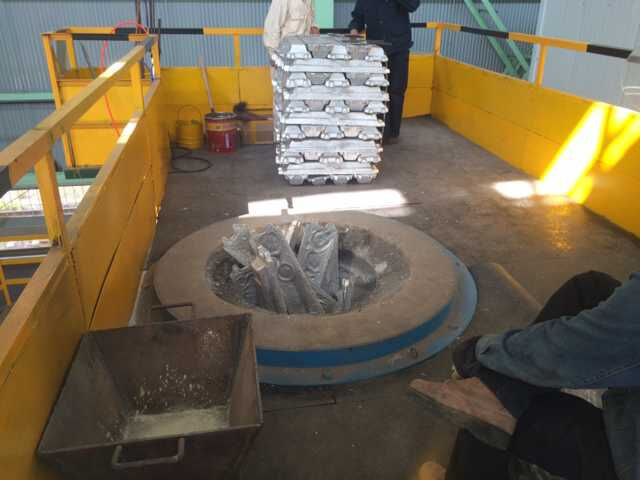
Aluminum melting furnace
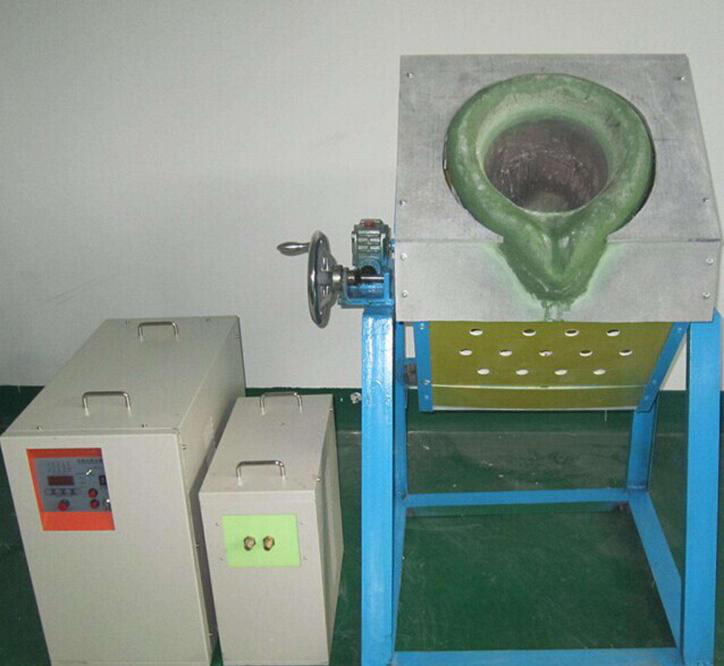
Copper melting furnace
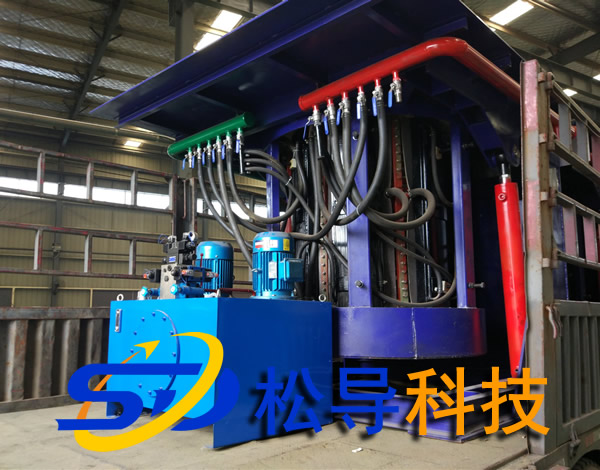
Small steel melting furnace
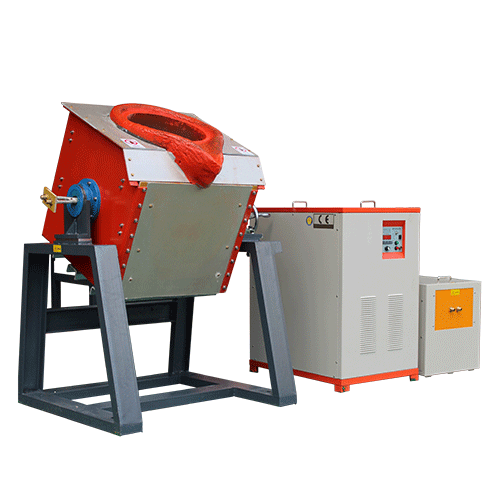
Small induction melting furnace
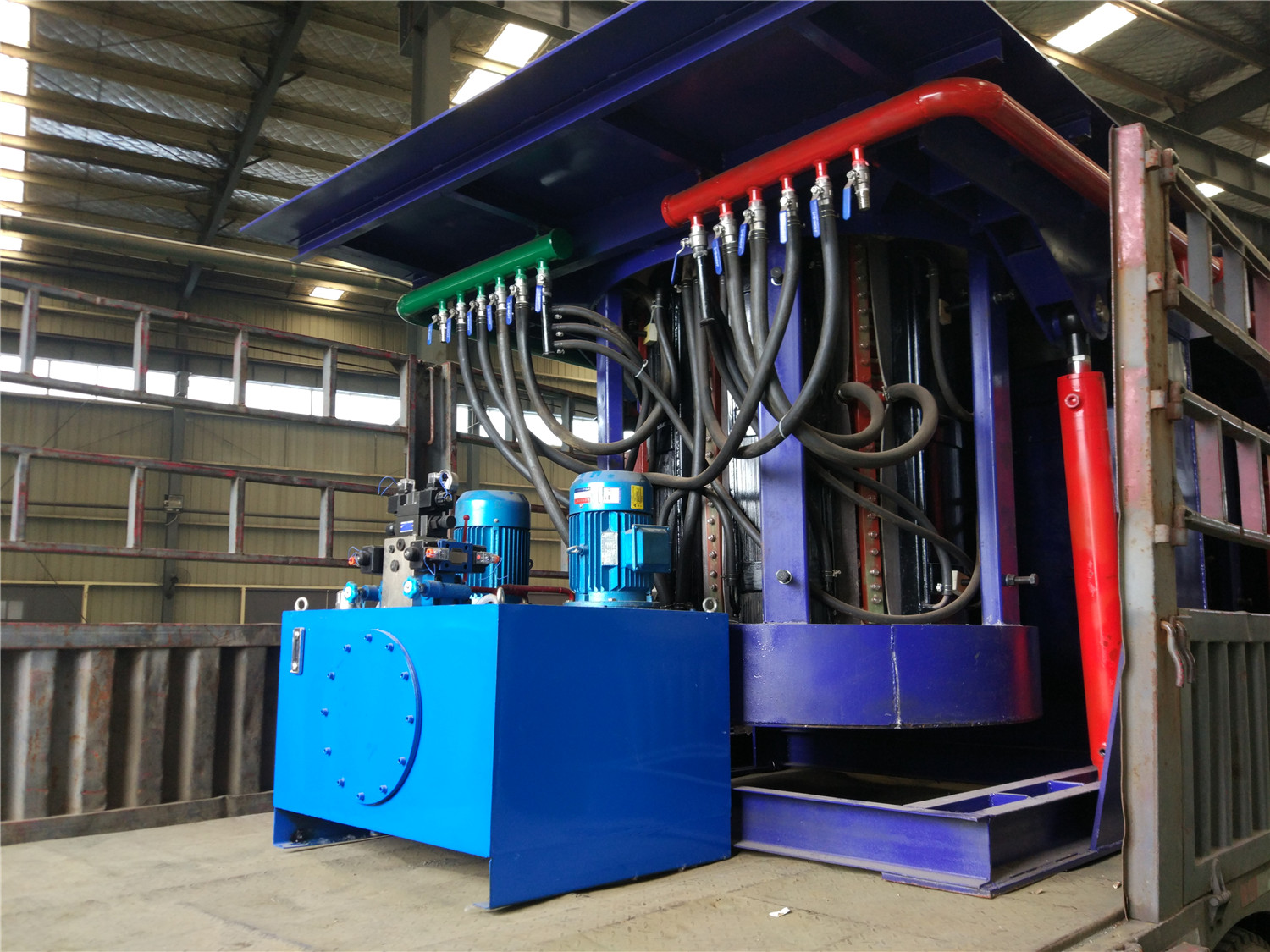
Induction iron furnace
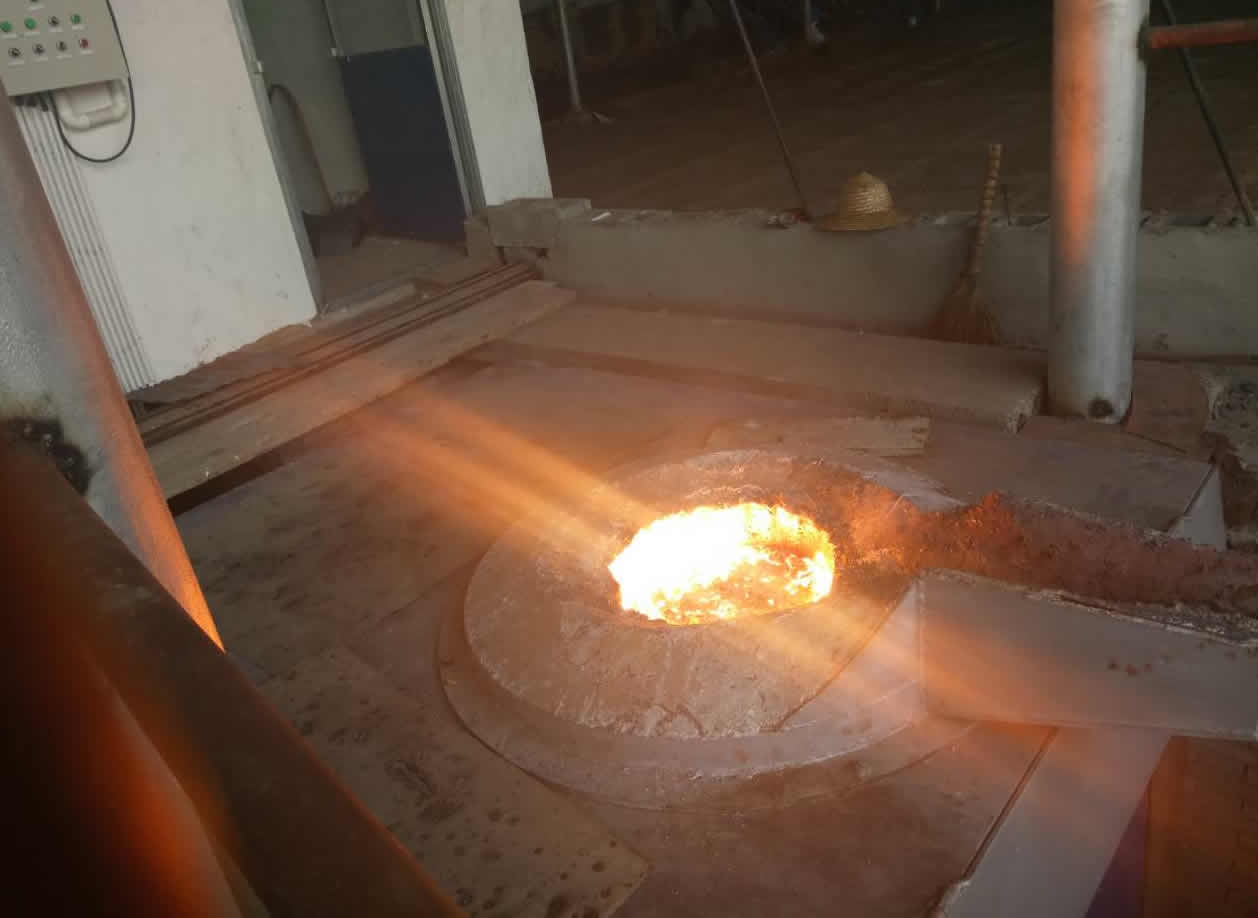
3T intermediate frequency iron melting f
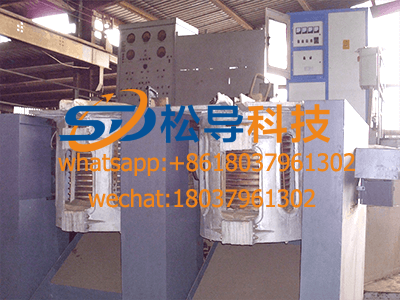
0.25T Intermediate Frequency Furnace
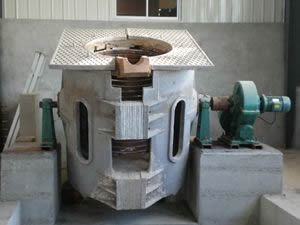
0.5T Intermediate Frequency Furnace
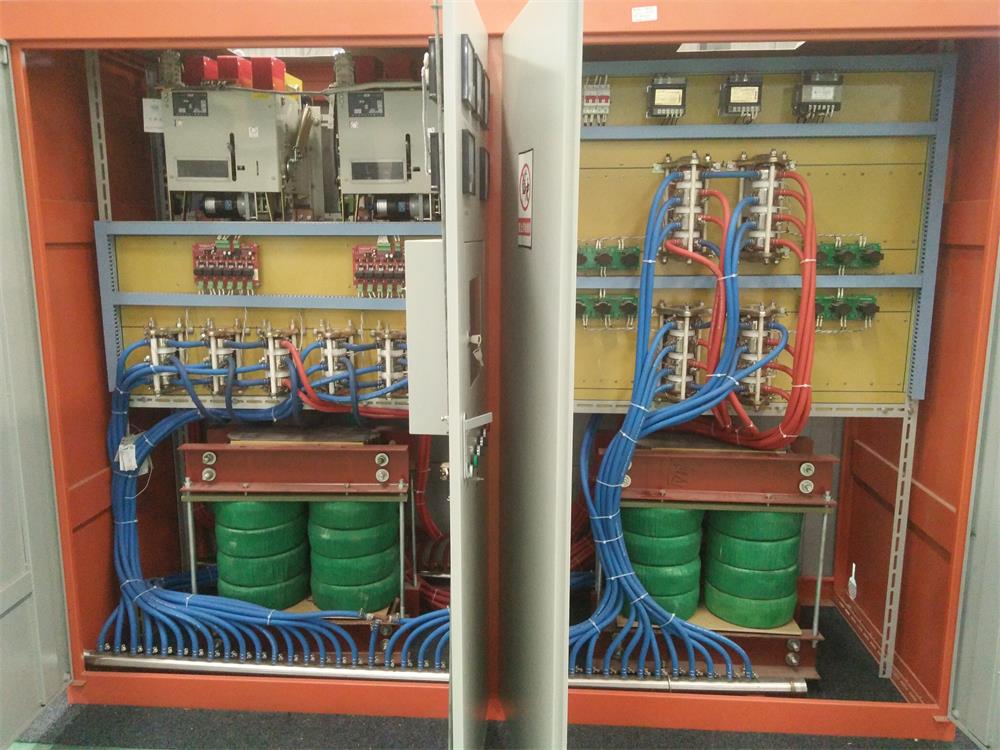
Medium Frequency Furnace

2T Induction Melting Furnace
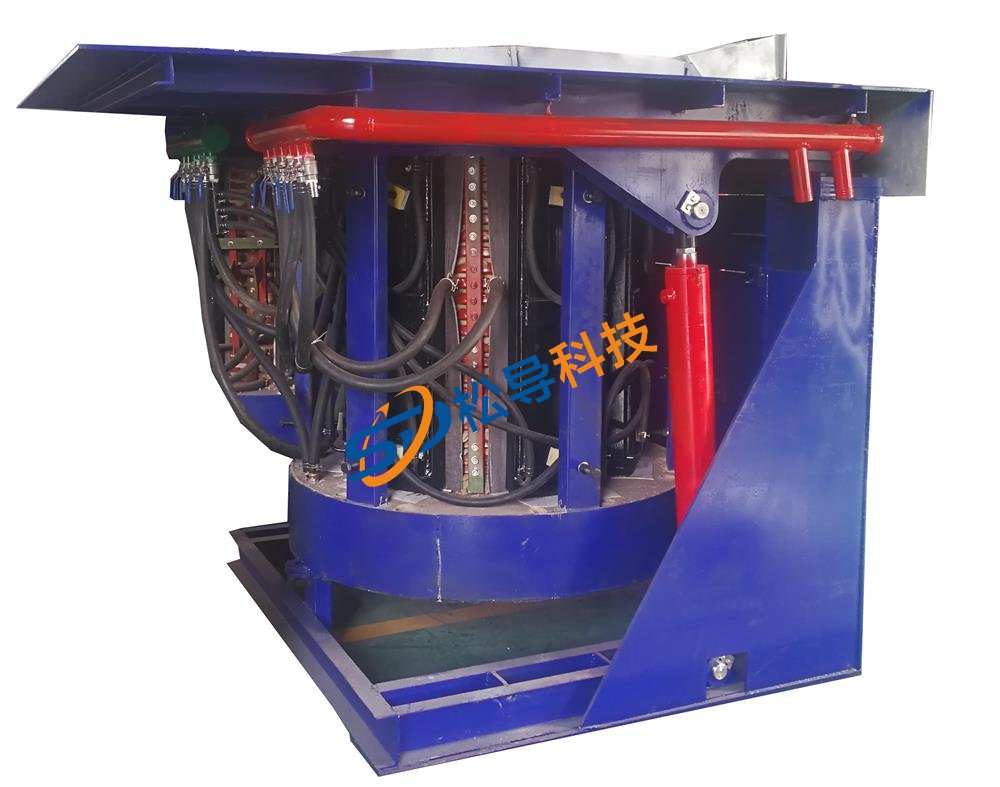
1T Induction Melting Furnace
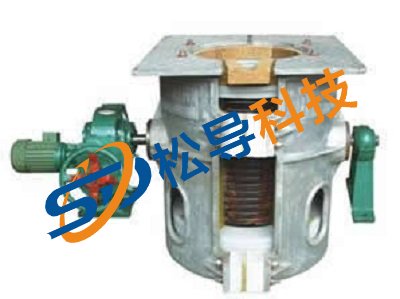
500kg Induction Melting Furnace
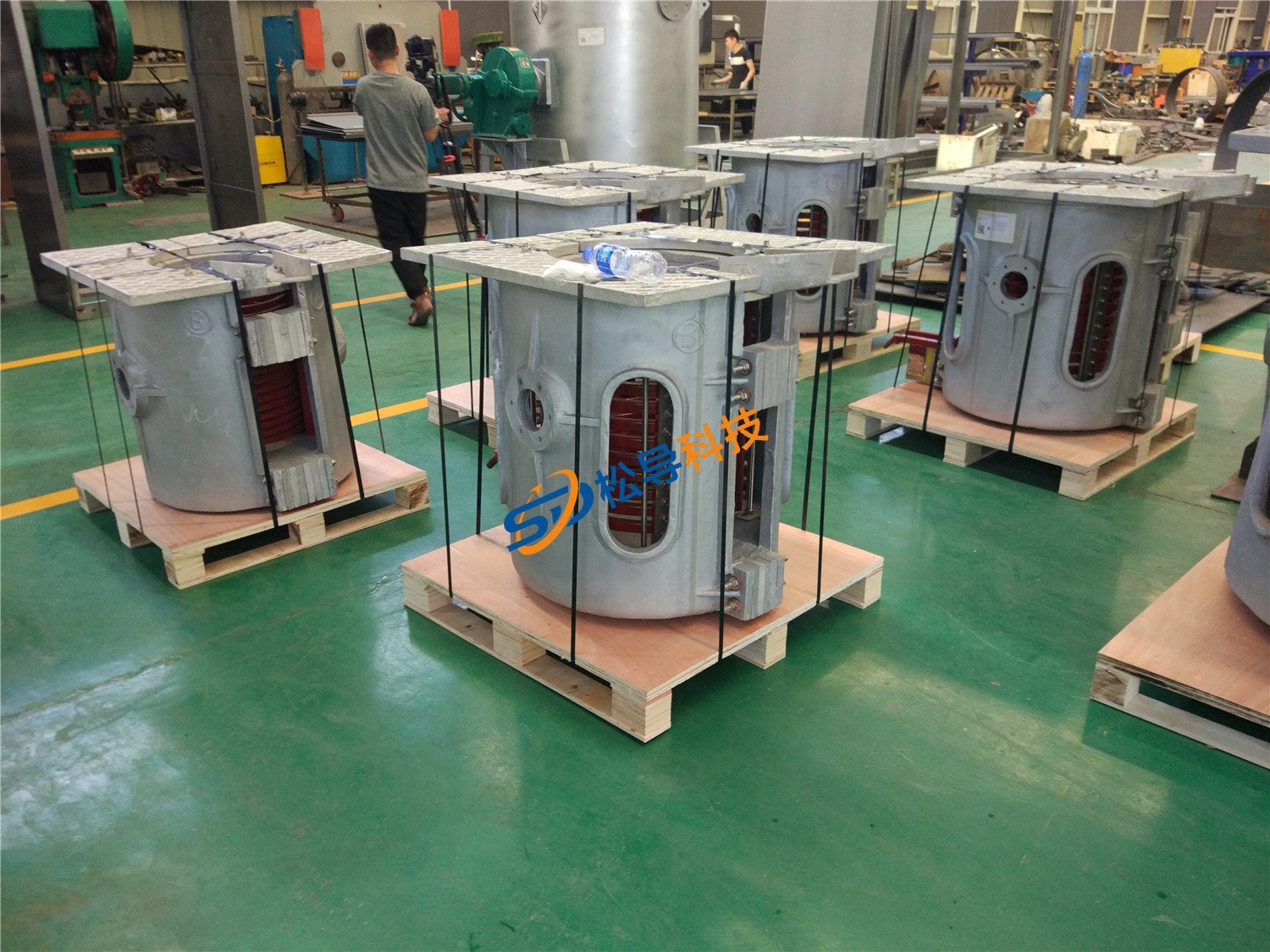
250kg Induction Melting Furnace
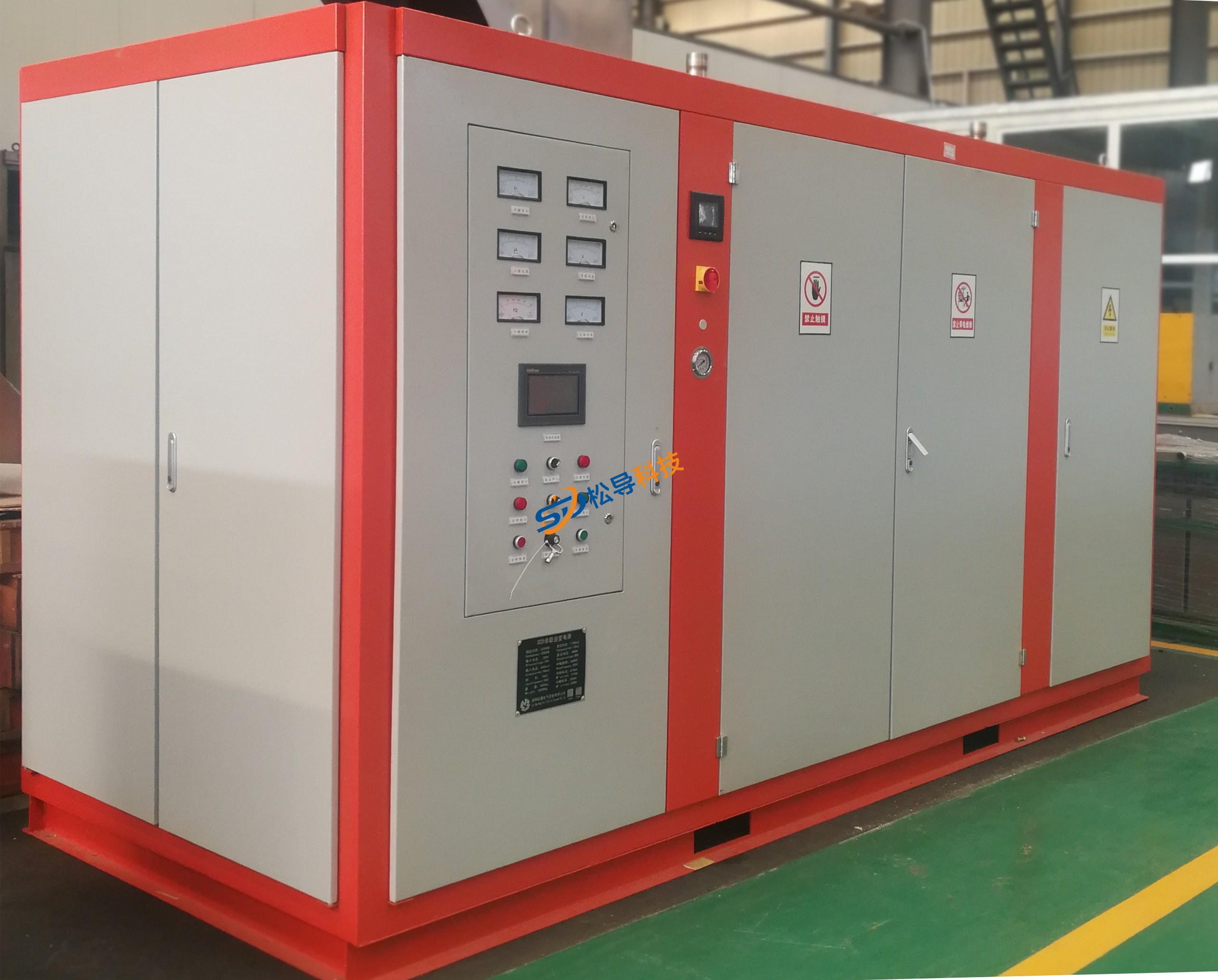
Induction Melting Furnace
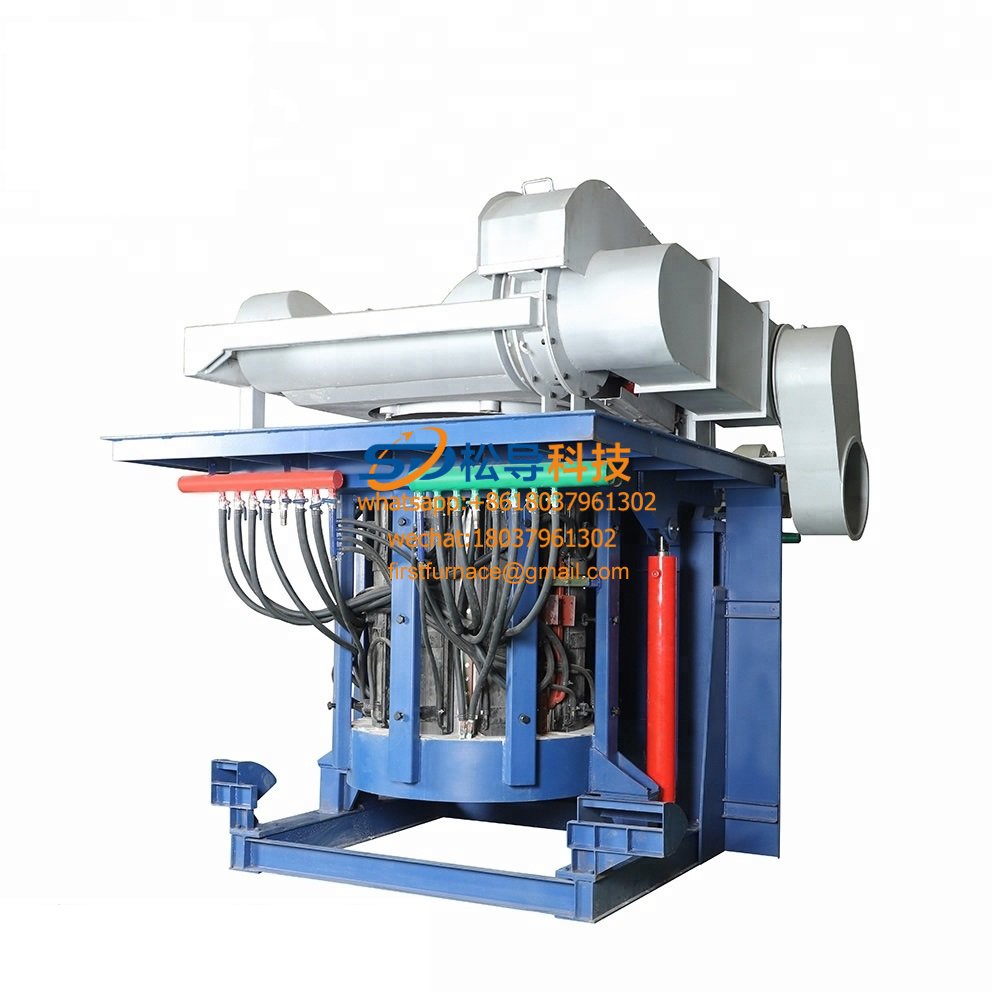
3 T Induction Melting Furnace
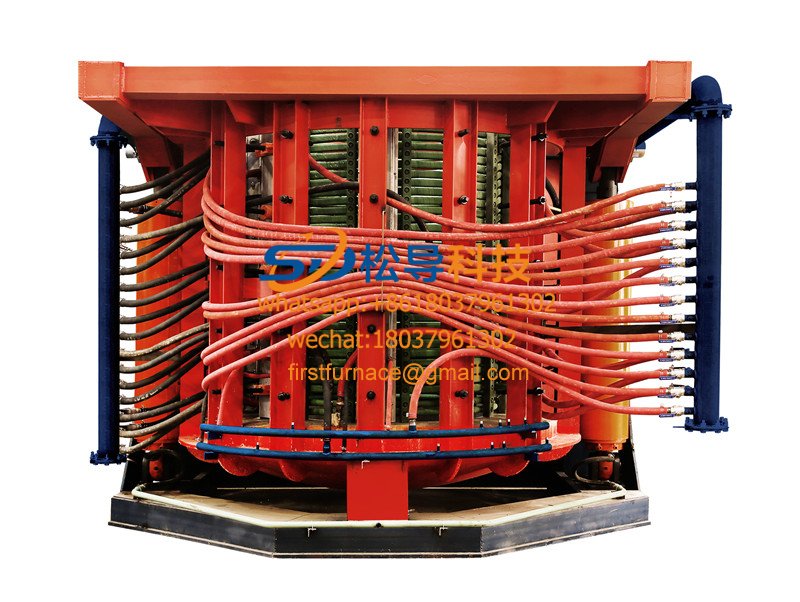
5T Induction Melting Furnace
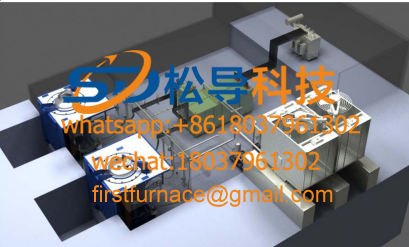
1T One Belt Two Intermediate Frequency F

5T One Belt Two Intermediate Frequency F
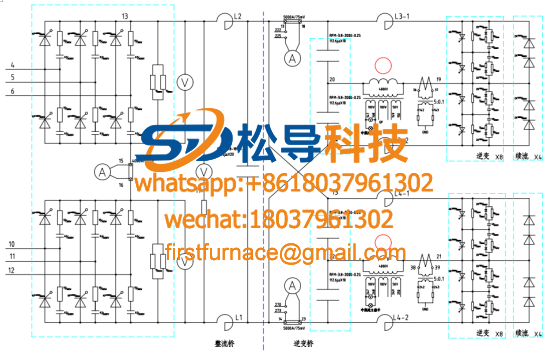
3T One Belt Two Intermediate Frequency F
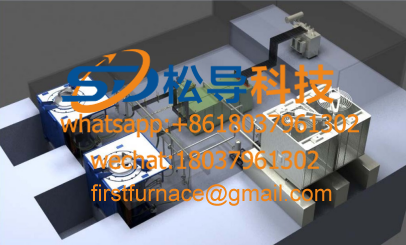
2T One Belt Two Intermediate Frequency F
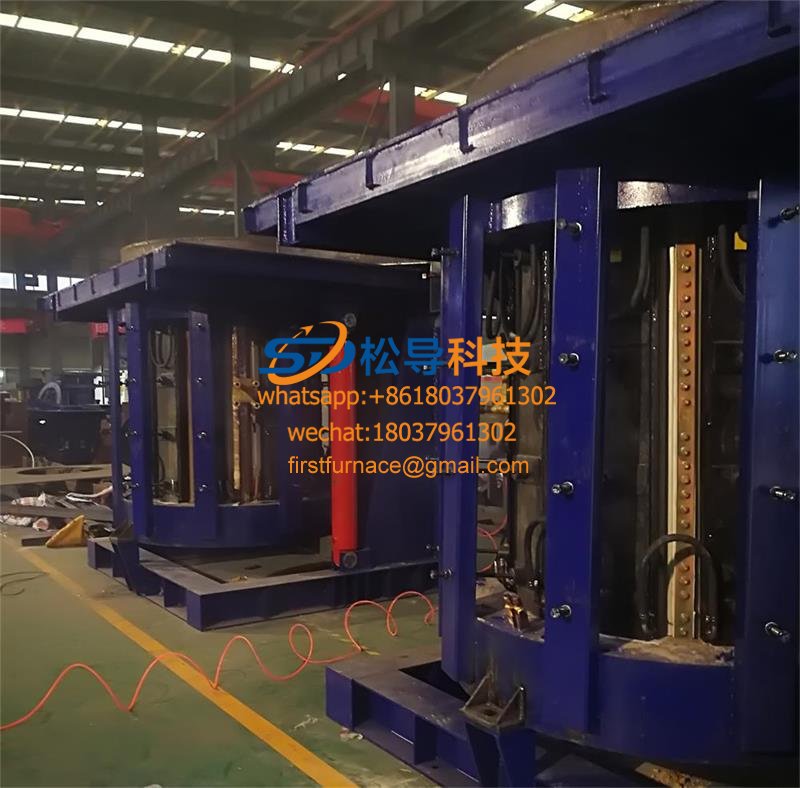
5T Parallel Intermediate Frequency Furna
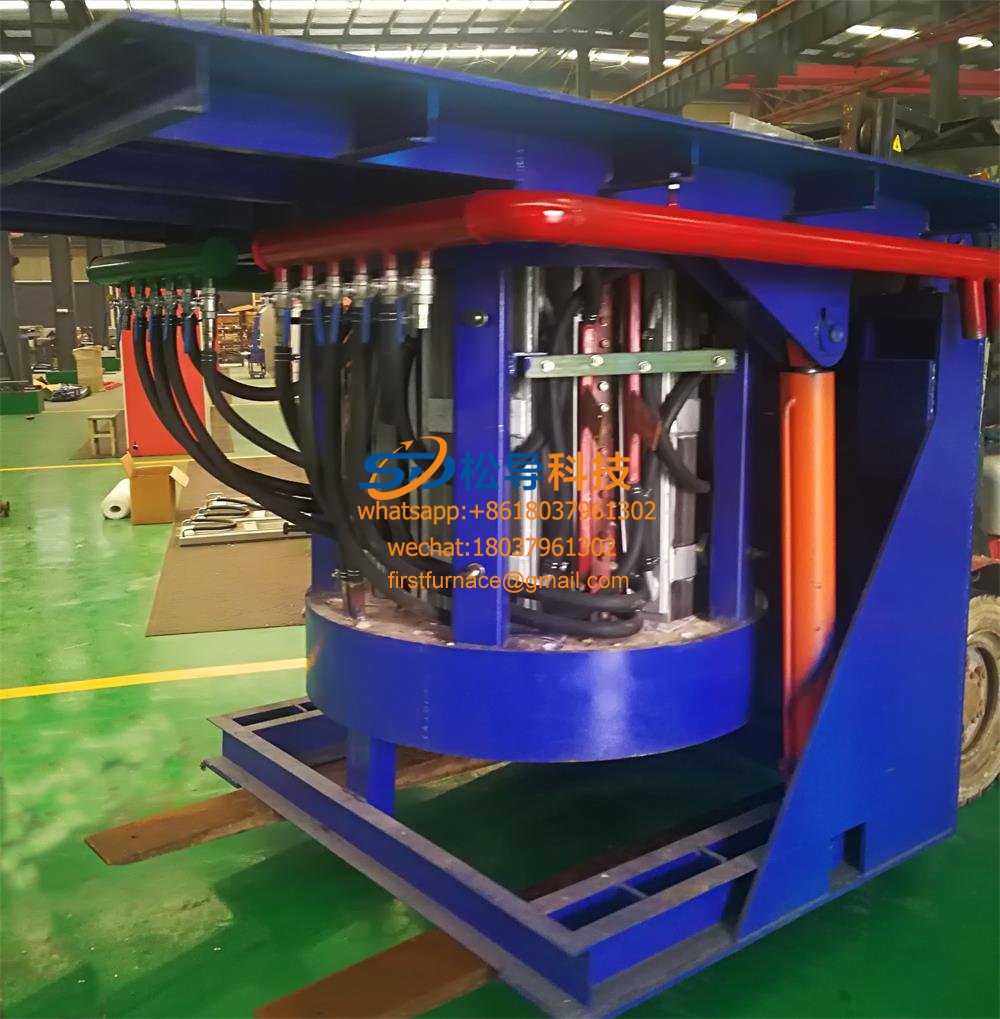
5T Intermediate Frequency Furnace

5T Series Intermediate Frequency Furnace
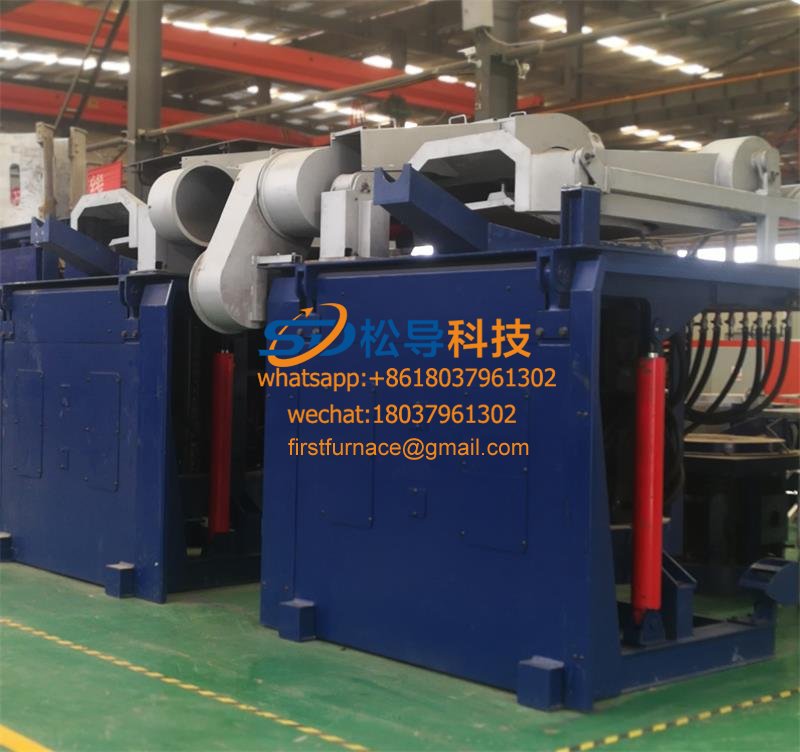
3T Series Intermediate Frequency Furnace
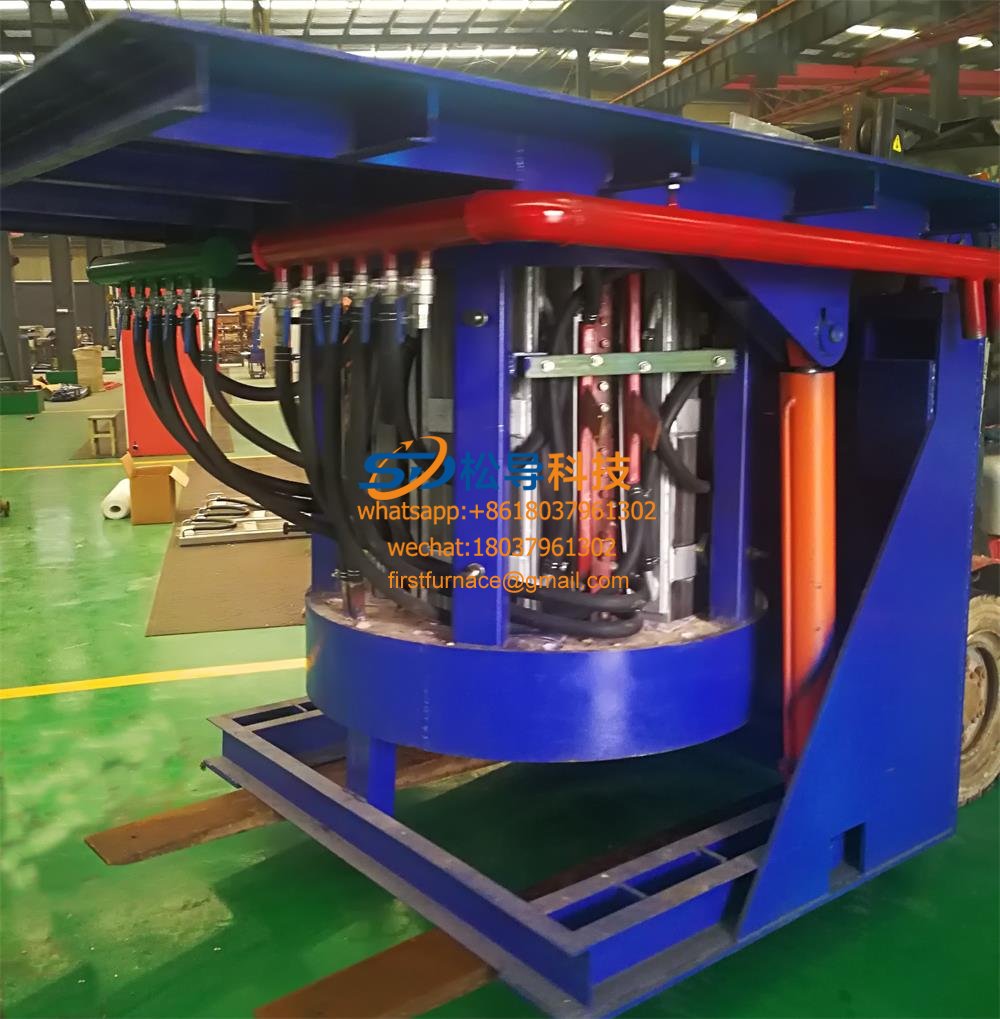
2T Series Intermediate Frequency Furnace
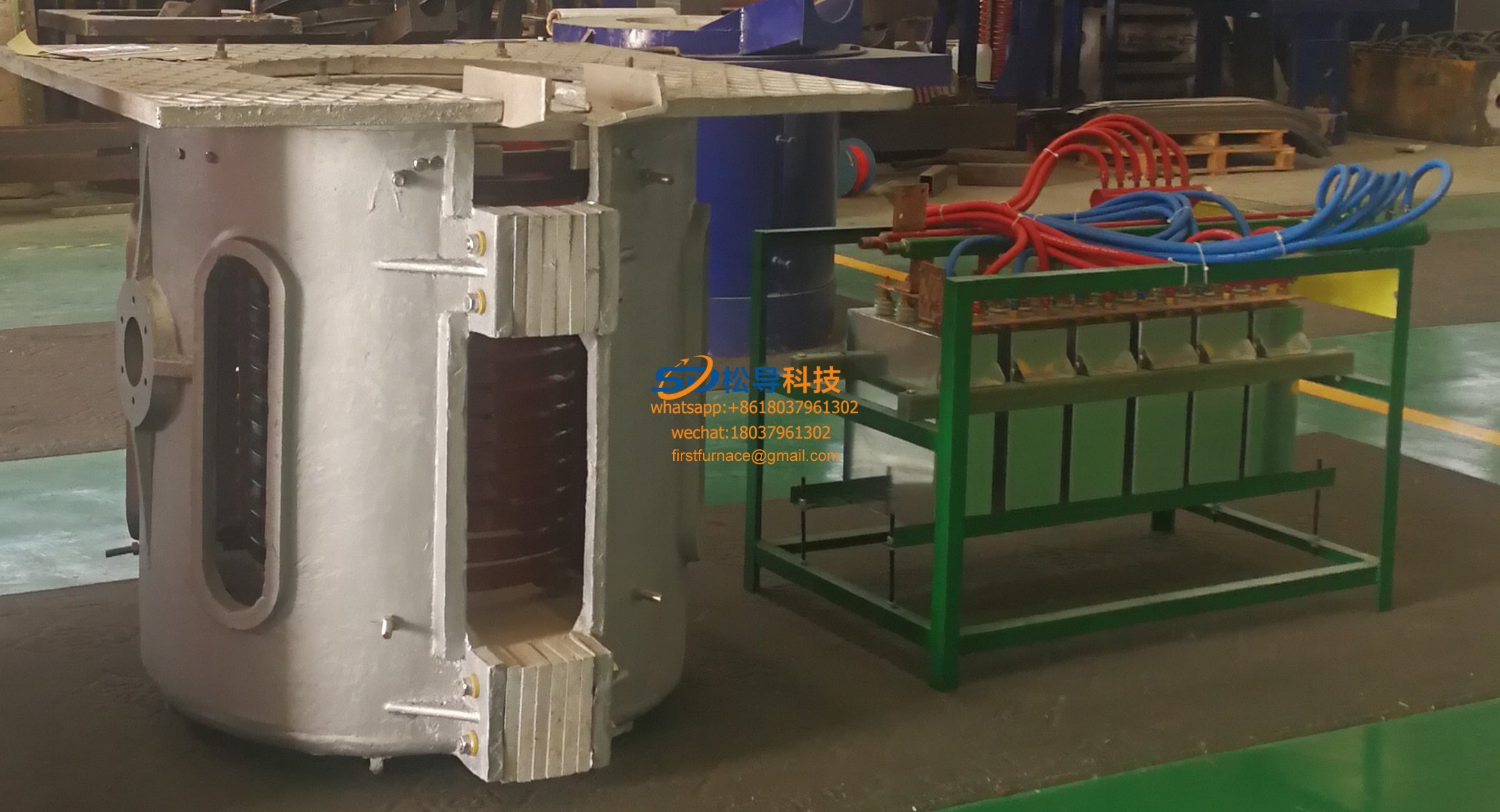
1T Series Intermediate Frequency Furnace
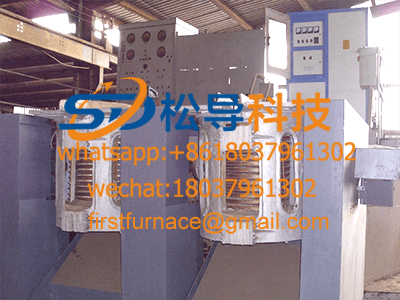
0.5T Series Intermediate Frequency Furna

0.25T Series Intermediate Frequency Furn
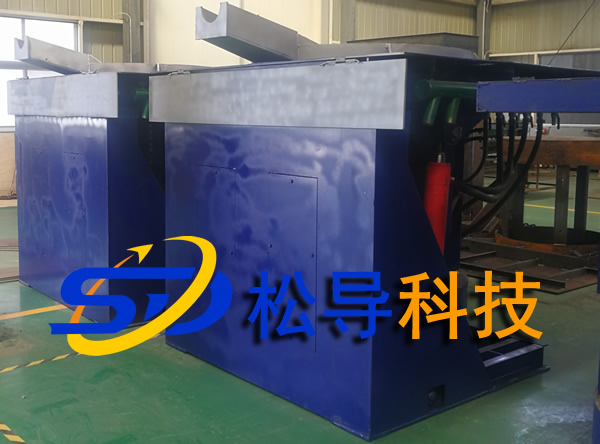
1T Parallel Intermediate Frequency Furna
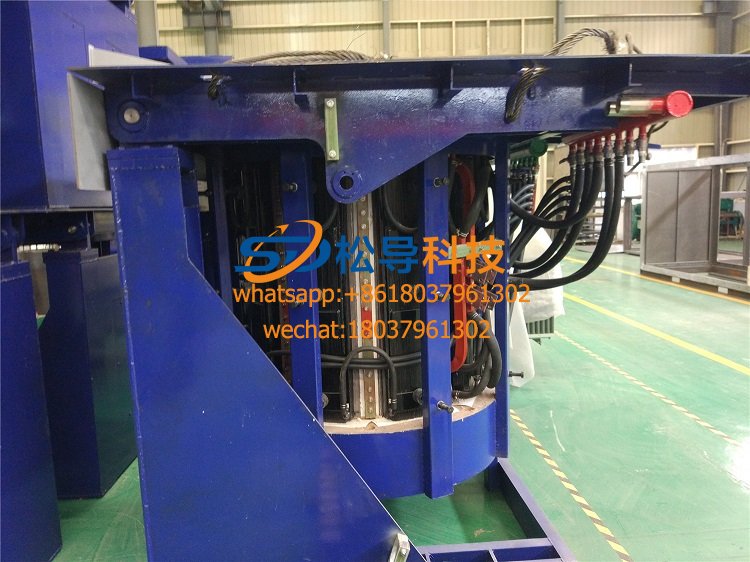
2T Parallel Intermediate Frequency Furna
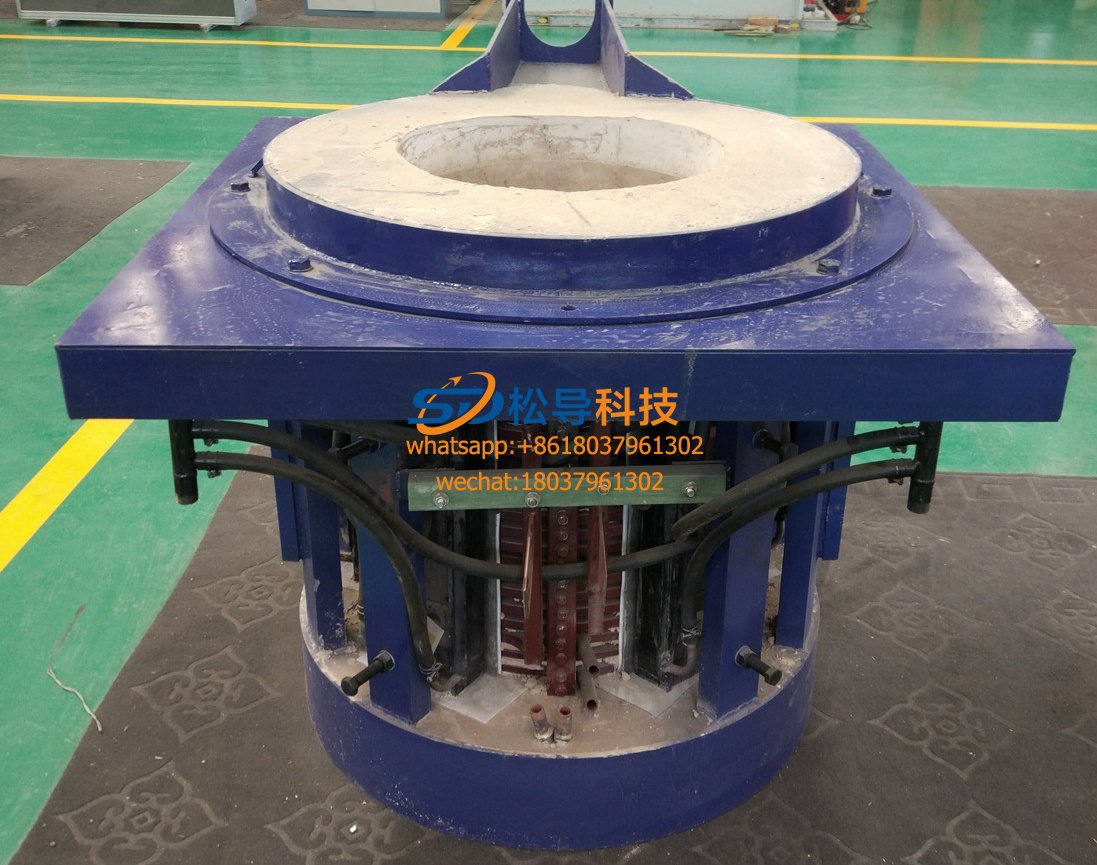
0.5T Parallel Intermediate Frequency Fur






